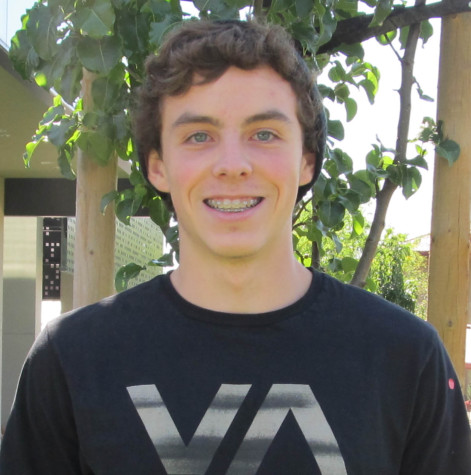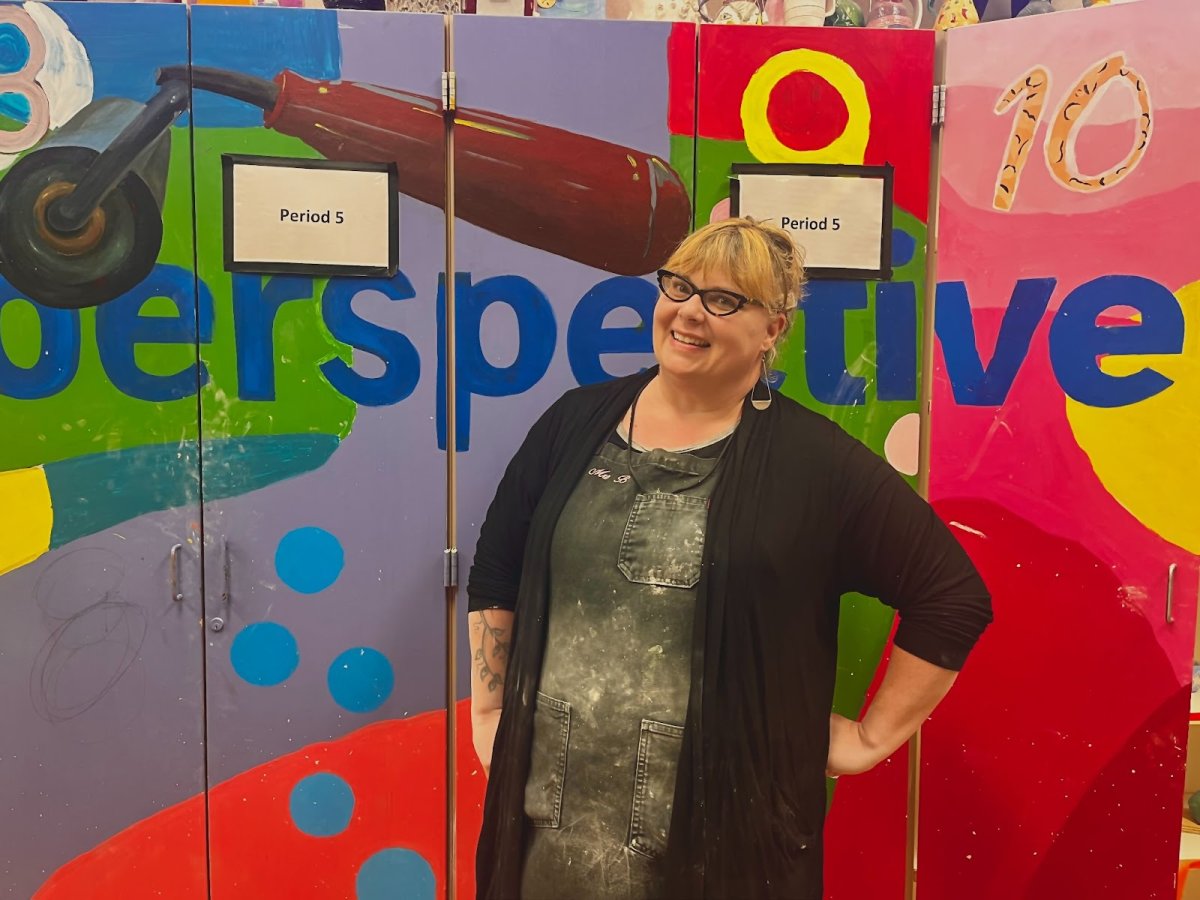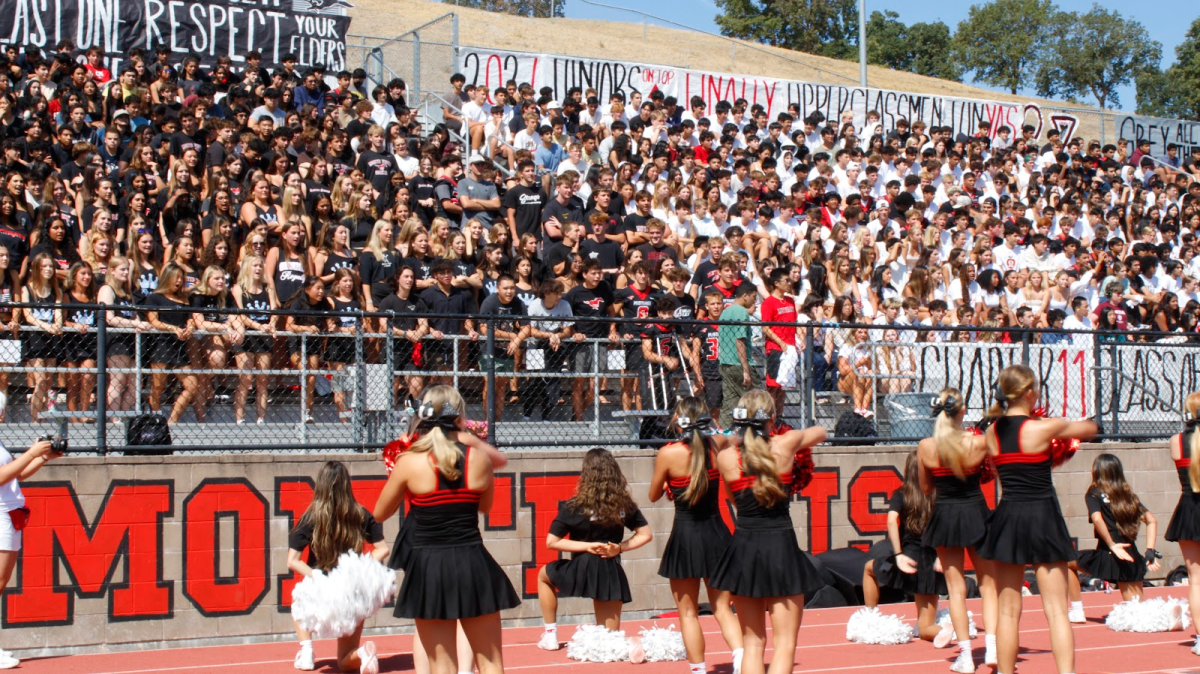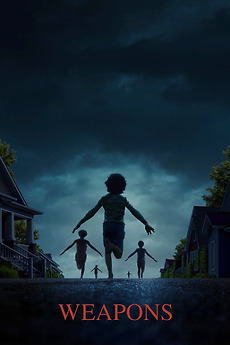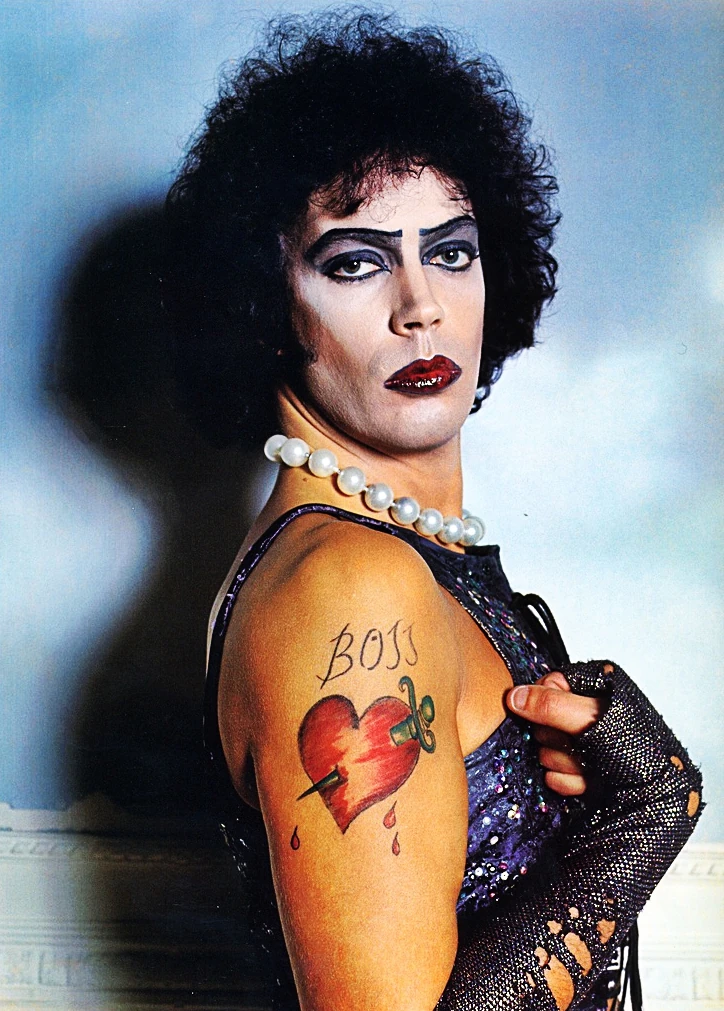The fight for ferguson
December 18, 2014
Riots have been sparking up around the world since the verdict of a white male officer was acquitted in Missouri after controversially shooting an 18 year old black male back in August.
On August 9, Michael Brown was shot and killed by Officer Darren Wilson after Brown robbed a local liquor store in Ferguson, Missouri, and as a witness claimed, raised his hands in surrender prior to being shot. On November 24, Officer Wilson was found not-guilty by the jury on account of no probable cause to Wilson deliberately killing Brown out of malice.
As for the community of Ferguson, and the nation eagerly awaiting the verdict, the ruling was met with an astronomical level of outrage and anger. The people of Ferguson, starting the night of the verdict, began holding protests at points escalating to riots.
Not only in Ferguson are protesters “fighting for Michael Brown’s justice,” groups across the globe are joining together showing their outrage; protests are being reported in Britain, Washington, D.C., Oakland, and all other corners of the globe as others voice their opinions on social media such as Twitter and Instagram.
Starting November 25, protests began in Oakland. Some demonstrated what they called “shut it down for Michael Brown” in which a group walked onto Interstate 980 and shut off the highway in both directions until forced off of the road by police officers. The demonstrations also included burning buildings and cars, fighting with police, and looting businesses. These riots escalated to such a great level of danger that roads had to be shut down, BART was closed for a period of time, and Children’s Hospital in Oakland was shut down. Over 170 people in the city of Oakland have been arrested after becoming violent in their protests, compared to Ferguson where only 75 people have been arrested.
In a time of so many protests around the world, many may be wondering what would happen if such a protest, or a riot, were to happen at, or around, the campus.
Officer Rodrick, the police officer on campus, is completely prepared for such a situation.
“The students have the right to peacefully protest,” Officer Rodrick said. “That right has been a positive influence on many events throughout our history. The difference is when that protest becomes disruptive to the school day or people begin breaking things. We have these rules and laws for a reason, and when you violate them, obviously, it’ll be our job to take care of that.”



